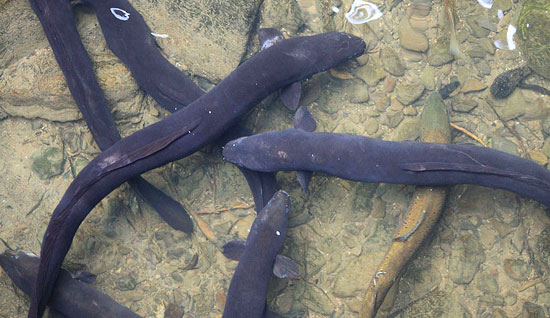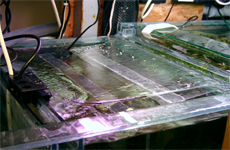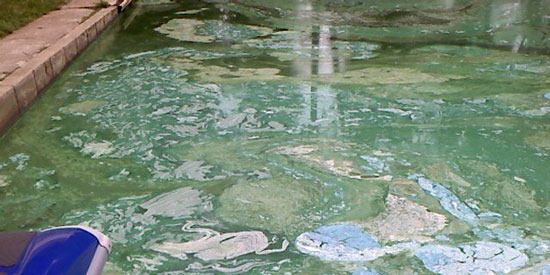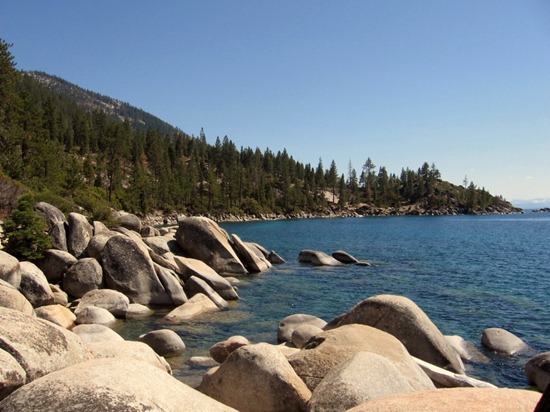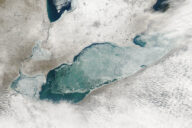Freshwater food chain linked to terrestrial neighbors
0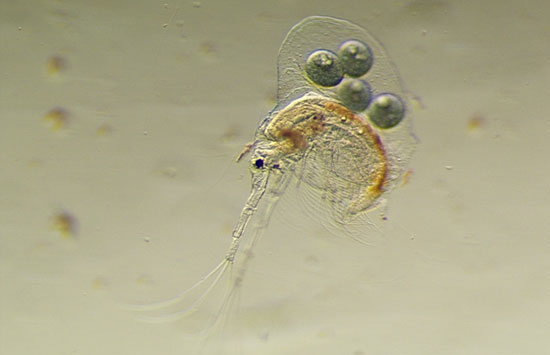
Holopedium, one of several species of zooplankton commonly found in freshwater lakes.
Researchers from the Cary Institute of Ecosystem Studies are shedding new light on the relationship between land and aquatic ecosystems.
The researchers have been closely examining zooplankton — organisms that drift in the water column and play an important role in aquatic food webs. Specifically, they wanted to understand the zooplankton’s dietary habits, as it directly affects organism higher in the food chain.
Zooplankton typically feed on algae, particularly during seasonal blooms, but there is some debate regarding the consumption of material from the land. Published this week in the Proceedings of the National Academy of Sciences, the Cary Institute’s report concludes that nearly a third of zooplankton’s food is actually material that arrives from land or in lake watersheds.
“Our work changes the paradigm for how we describe the environment that supports fish,” said lead author and Cary Institute of Ecosystem Studies limnologist Dr. Jonathan J. Cole. “Zooplankton are one of the pillars of the aquatic food web. And while they do feed on algae, they also rely on materials derived from maple leaves, pine needles, and whatever else comes in from the surrounding watershed.”
By tracing the isotopes of carbon, hydrogen, and nitrogen, the research team was able to analyze the diets of three species of zooplankton in two freshwater lakes. One of the sampled lakes is small with moderate nutrient levels, and the is other large but poor in nutrients.
Until these tests, it had commonly been assumed that zooplankton fed almost solely on algae.
“Historically, lake ecosystems have been studied in isolation,” Cole said. “Yet we know lakes are connected to their watersheds and organic matter from land enters lakes in the form of run-off or ground water.”
By revealing the subtle exchange between land and the aquatic food chain, the researchers have shown how these aquatic systems can support themselves when a primary food source is in decline.
To view the complete study, visit: http://www.pnas.org/content/early/2011/01/13/1012807108.full.pdf+html
Aquatic Food Web Tied to Land [Cary Institute of Ecosystem Studies] Image Credit: LTER Media Gallery




